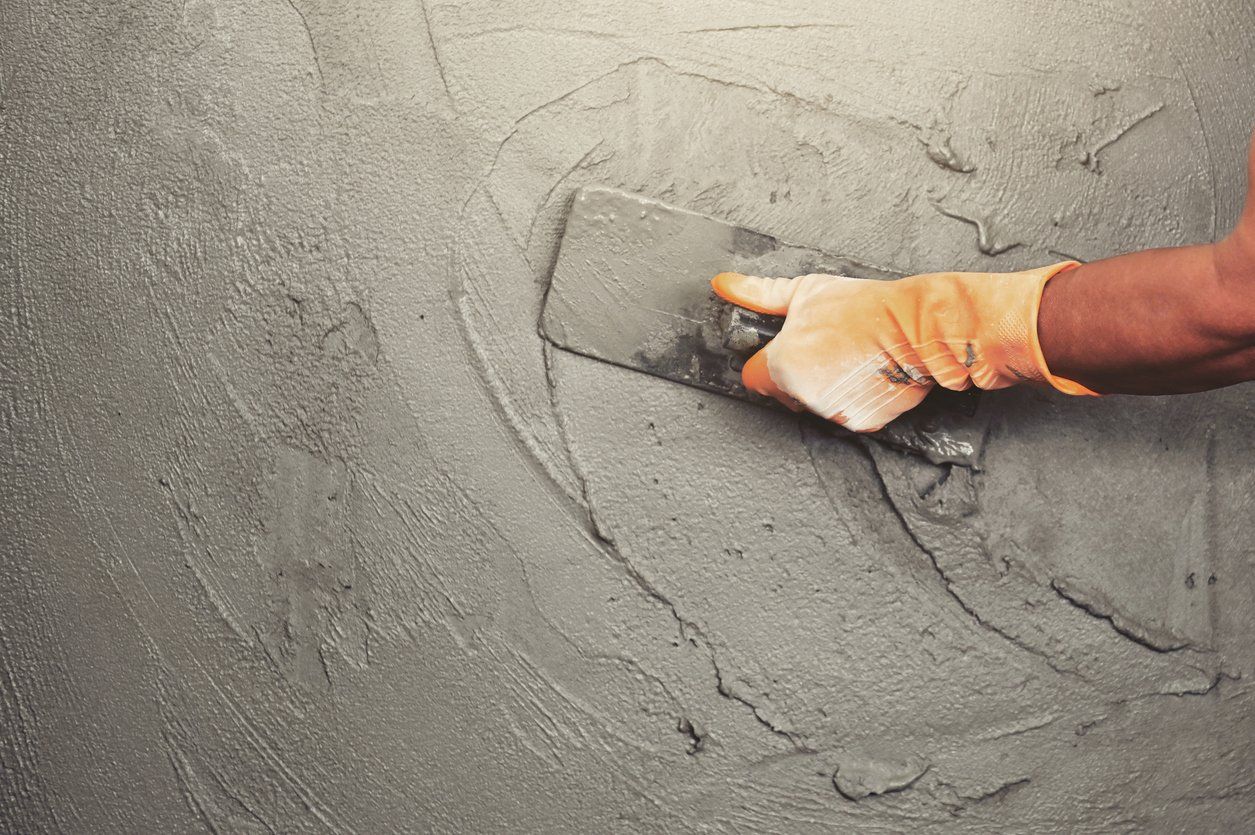Too cold to pour concrete? No! Concrete admixes make it possible.
There's a myriad of concrete additives out there that add strength and beauty in a variety of environments. Today we discuss additives for cold weather.

The use of admixtures in concrete is an ancient practice that has been continuously evolving to meet the needs of our ever-changing society. Even in southern climates, temperatures can drop lower than optimal for concrete to reach full saturation for pouring, and stabilization in the setting. Concrete contractors and homeowners alike can get around this conundrum by brushing up on their concrete additives savvy. The American Concrete Institute defines a cold-weather concreting period as 3 day period where the temperature drops below 40 degrees Fahrenheit.
When temperatures fall, the exothermic (temperature-induced) reactions responsible for properly hydrating the cement mixture slow significantly. This means your concrete might take longer than usual before setting up or even stop altogether because of how slowly these processes work at colder temperatures! When this happens you could experience delays on projects due to extended waiting periods as well pressure from expanding frozen pieces if they do start becoming hard while everything else is still wet, resulting in failure of the project altogether.
Concrete is strong and durable, but it can be weakened by pouring in cold weather. In order to keep your concrete safe from freezing damage, you’ll want to add admixtures that will help speed up the curing process of any exposed areas as well as prevent other harmful effects like cracking or spalling when temperatures drop below freezing point (32°F).
Cue Admixes! Most Admixtures come in ready-to-use liquid forms. Many come in small pre-measured containers that make creating your concrete concoction a snap for DIYers too! There are 3 different types of admixes used to assist in cold weather concrete projects.
-
Accelerators: are used in the cement industry to speed up curing time by increasing its rate of hydration. The type of accelerator will depend on on-site conditions. To get geeky, accelerants can be calcium chloride admixtures or non-chloride types like sodium nitroprusside, EDTA, etc. The proper accelerant for your concrete will depend on the manufacturer's recommendation. In the end, Accelerators significantly reduce the curing time which allows for a faster, more evenly set, and structurally sound concrete. In short, they are essential in cold weather installations because molecules need a boost in agitation and friction to create the heat reactions necessary to create and set strong bonds.
-
Air entrainment agents are added to the mix in order to prevent cracking and damage from freeze-thaw expansion and contraction in the concrete. These microscopic bubbles help combat pressure created by cold temperatures, creating more space for this movement to occur, naturally. This additive is a must for any cement project in areas that are prone to freezing.
-
Superplasticizers
reduce the overall amount of water required for the concrete mixture. They can reduce the amount of liquid that cement needs, up to 30%, which makes the concrete easier to work with. The overall reduction in weight and workability is a bonus for any project, making your finished project cleaner. Be aware that once added, the clock is ticking as this effect only lasts 45 minutes so schedule your project and ambitions accordingly.
Finally, cheat the weather by using heated water to mix your concrete. Mixing your concrete with water that's 65 degrees or higher will help activate exothermic reactions in the concrete mixture ensuring a durable material for all seasons!


